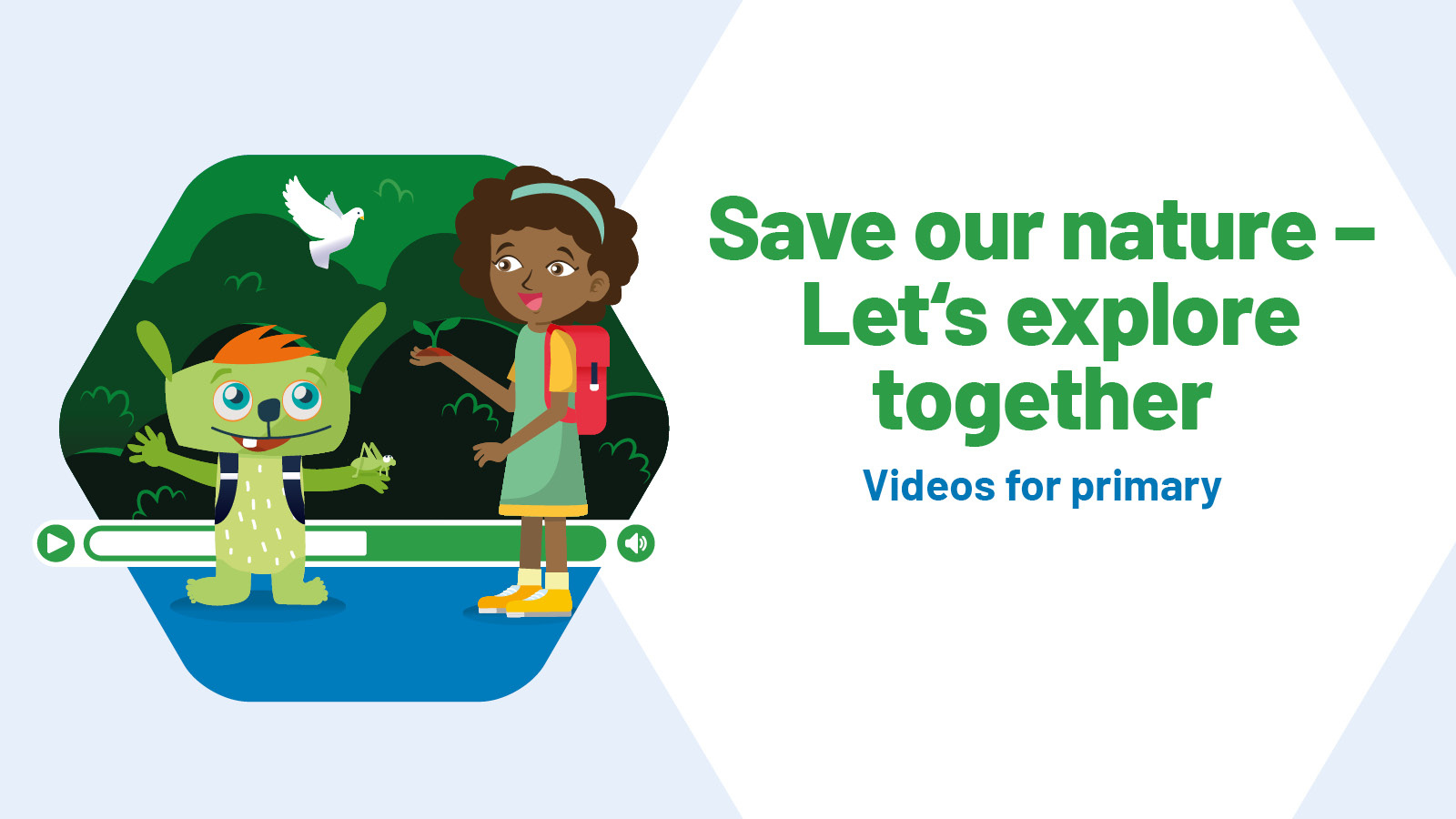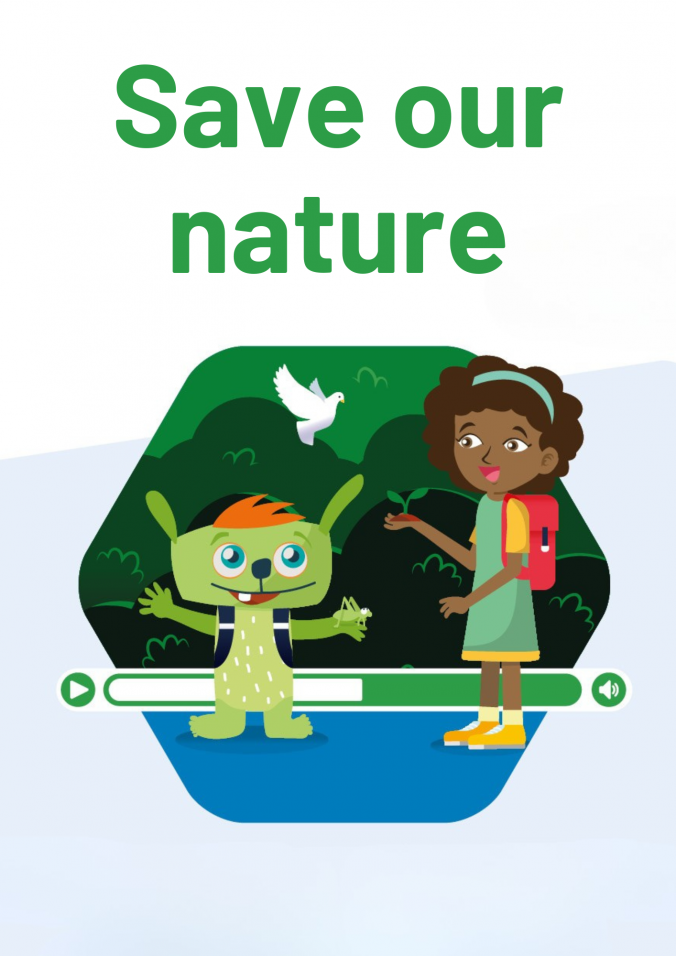Why Teaching Nature and Sustainability to Young Students Matters

Overview
Introducing nature and sustainability to young primary students is essential because these students are naturally curious, receptive, and eager to learn. This early enthusiasm makes it the perfect time to instil values and habits that can benefit them—and the planet—throughout their lives.
Children are highly aware of the world around them. They hear about environmental issues from their parents, the news, and even social media, which can sometimes leave them feeling frightened and vulnerable. By teaching them about sustainability, we can shift their perspective from fear to empowerment.
When children learn to take small but meaningful actions, such as picking up litter or conserving water, they realize they have the power to make a difference. For example, children who participate in litter picking not only help their communities but are also less likely to litter themselves. These habits, when nurtured early, can grow into lifelong practices.
Every child’s positive attitude toward nature and sustainability can influence their peers and family, creating a ripple effect. Education enables young students to feel ownership of their actions and the planet. By encouraging them to care for their environment, we help them build a sense of responsibility and hope for the future.
The goal is clear: start young, continue strong, and foster a generation ready to protect the Earth. Every voice matters—every child, every adult, every action contributes to a healthier, more sustainable world for us all.
Global goals
Do you want to learn more about the United Nations’ 17 the Sustainable Development Goals (SDGs) and how they can be implemented in schools? You can find more information here!
If you would like to know more about the Causes and Effects of Climate Change, you can browse through the United Nations' resources on climate action.

Share this page
